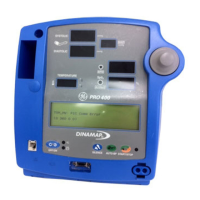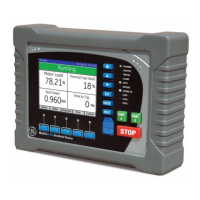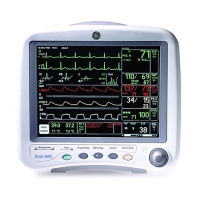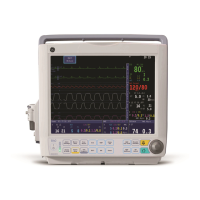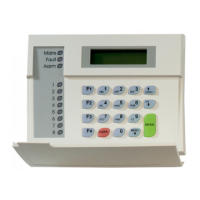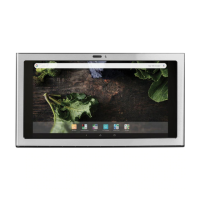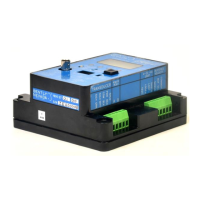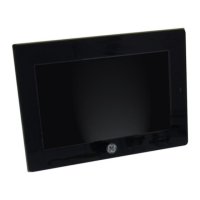ECG
Standard leads available I, II, III, V, aVR, aVL and aVF
3 leadwire I, II, or III
5 leadwire I, II, III, V, AVR, AVL, and AVF
10 leadwire I, II, III, AVR, AVL, AVF, VI, V2, V3, V4, V5 and V6
Leads analyzed simultaneously I, II, III and V (multi-lead mode)
Lead fail Identifies failed lead
Alarms User-selectable upper and lower heart rate limits
Input specifications
Voltage range ± 0.5 mV to ± 5 mV
Signal width 40 ms to 120 ms (Q to S)
Heart rate range 30 to 300 bpm
Input impedance Common mode > 10 MΩ at 50/60 Hz
Differential > 2.5 MΩ from dc to 60 Hz
Common mode rejection 90 dB minimum at 50 or 60 Hz
Output specifications
Impulse response For an impulse of 3 mV applied for 100 ms
Displacement following impulse < 0.1 mV
Slope following impulse < 0.3 mV/s
Frequency response Response of non-permanent displays is limited by resolution to 40 Hz (-3 dB)
@25 mm/s. Specified upper frequency limits may vary by ± 2 Hz.
Diagnostic mode 0.67 Hz (+0.4 dB) to 100 Hz (-3 dB)
For compliance with China 1.0 Hz (+0.4dB) to 75 Hz (-3 dB)
National Standard
Monitoring mode 0.67 (+0.4 dB) to 40 Hz (-3 dB)
Moderate mode 0.67 (+0.4 dB) to 25 Hz (-3 dB)
Maximum mode 5.0 Hz (-0.3 dB) to 25 Hz (-3 dB)
Noise < 30 µV (referred to input)
Pacemaker detection / rejection
Input voltage range ± 2 mV to ± 700 mV
Input pulse width 0.1 ms to 2 ms
Rise time 10 µs to 100 µs
Over/under shoot 2 mV (max)
Baseline drift < 0.5 mV per hour with a ± 700 mV, 2 ms
Pacemaker pulse Applied
Respiration
Measurement technique Impedance variation detection
Range 0-200 breaths per minute for variations of 1.0 – 10.0 Ω
Respiration rate 0-200 breaths per minute
Base impedance 100-1000 Ω at 52.6 kHz
Detection sensitivity 0.4 to 10
Ω
variation
Waveform display bandwidth 0.1 to 1.8 Hz (-3 dB)
Alarms User-selectable upper and lower respiration rate limits, and user-selectable apnea limit
